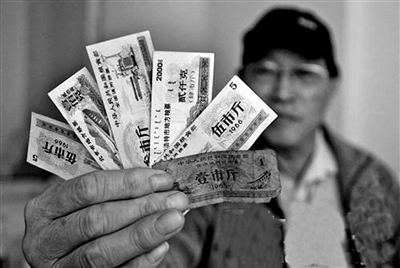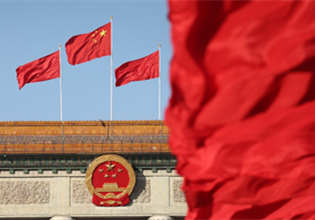How food we eat changed in 40 years reform and opening-up

A photo shows food coupons used in the 1970s, also known as liangpiao, a product of China's planned economy. Due to the mismatch between supply and demand, people had to use different food coupons to buy different ingredients, such as rice coupons for rice, meat coupons for meat. [Photo/hhhtnews.com]
Food, a basic necessity of human life, is an important emblem of human civilization. Changes in food throughout the centuries have recorded and represented historical transitions and cultural progress.
As people's living standards improved after the establishment of the Inner Mongolia autonomous region in 1947, the variety of available food increased and consumption volume started growing. However, the supply of food could not meet demand, and residents needed to use food coupons, also known as liangpiao to buy food.
After reform and opening-up policies came in effect in 1978, people's started including a wider variety of ingredients in preparing their food, with more diversified vegetables, eggs, meat, chicken. This coincided with people enjoying increased purchasing power.
In the early 1990s, the rapid development of the economy brought about a revolution in the culture of eating out. No longer satisfied with ordinary meals at home, people started seeking out restaurants for a variety of meals and a change of scenery.
Soon after, the commodity trading market became more and more active, and the restaurant industry in Inner Mongolia changed dramatically. The eight major Chinese cuisines found a presence in Inner Mongolia, and rare ingredients have appeared on the shelves one after another. Food from other countries has also sneaked in, and people's diets have gradually become more varied.
In the 21st century, more food production and retail models have emerged, including farmhouses and fruit picking gardens. These days more people are pursuing a green and organic diet.



 Print
Print Mail
Mail





